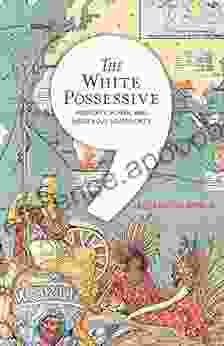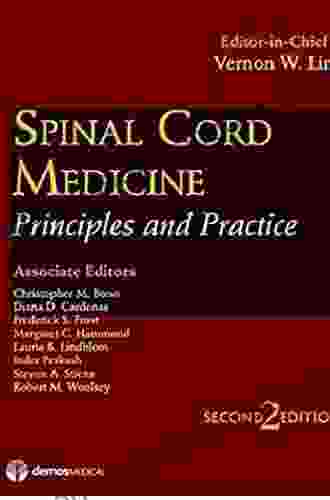: A Contested Terrain
The relationship between property power and Indigenous sovereignty is a complex and contested terrain. Throughout the Indigenous Americas, Indigenous peoples have faced a long history of dispossession and colonization, which has resulted in the loss of their lands and resources. In recent decades, there has been a growing movement for Indigenous self-determination and sovereignty, and this has included a focus on the recovery of Indigenous lands and the recognition of Indigenous rights to property.
4.9 out of 5
| Language | : | English |
| File size | : | 900 KB |
| Text-to-Speech | : | Enabled |
| Screen Reader | : | Supported |
| Enhanced typesetting | : | Enabled |
| Word Wise | : | Enabled |
| Print length | : | 272 pages |
This article explores the complex relationship between property power and Indigenous sovereignty. We will examine the historical, legal, and contemporary dimensions of this relationship, and we will highlight the ongoing struggles of Indigenous peoples for self-determination and land rights.
Historical Perspectives: Colonization and Dispossession
The history of Indigenous peoples in the Americas is one of colonization and dispossession. European colonizers arrived in the Americas in the 15th century, and they quickly began to claim the land for themselves. They did this through a variety of means, including warfare, treaties, and the imposition of their own laws and systems of government.
As a result of colonization, Indigenous peoples lost their lands, their resources, and their way of life. They were forced to live on reservations or in other areas that were designated for them by the colonizers. They were also denied the right to own property, and they were often forced to work for the colonizers in Free Download to survive.
Legal Frameworks: Recognition and Protection of Indigenous Rights
In recent decades, there has been a growing recognition of the rights of Indigenous peoples. This recognition has been reflected in a number of international legal instruments, including the United Nations Declaration on the Rights of Indigenous Peoples (UNDRIP). UNDRIP recognizes the right of Indigenous peoples to own and control their lands and resources, and it calls on states to take steps to protect these rights.
However, the implementation of UNDRIP and other international legal instruments has been uneven. In many countries, Indigenous peoples continue to face discrimination and violence, and their rights to land and property are not always respected.
Contemporary Issues: Self-Determination and Land Rights
Today, Indigenous peoples around the world are fighting for self-determination and land rights. They are demanding the right to control their own lands and resources, and they are seeking to have their rights recognized by states and international organizations.
The struggle for Indigenous self-determination and land rights is a complex one. It involves a number of different issues, including the recognition of Indigenous rights, the protection of Indigenous lands and resources, and the promotion of Indigenous economic development.
: A Path Forward
The relationship between property power and Indigenous sovereignty is a complex and contested one. It is a relationship that has been shaped by a long history of colonization and dispossession. However, there is a growing recognition of the rights of Indigenous peoples, and this recognition is reflected in a number of international legal instruments. Today, Indigenous peoples are fighting for self-determination and land rights, and they are seeking to have their rights recognized by states and international organizations.
The path forward is not always clear, but it is important to continue to work towards a just and equitable relationship between Indigenous peoples and the rest of the world. This means recognizing the rights of Indigenous peoples to own and control their lands and resources, and it means supporting their efforts to achieve self-determination.

























































































